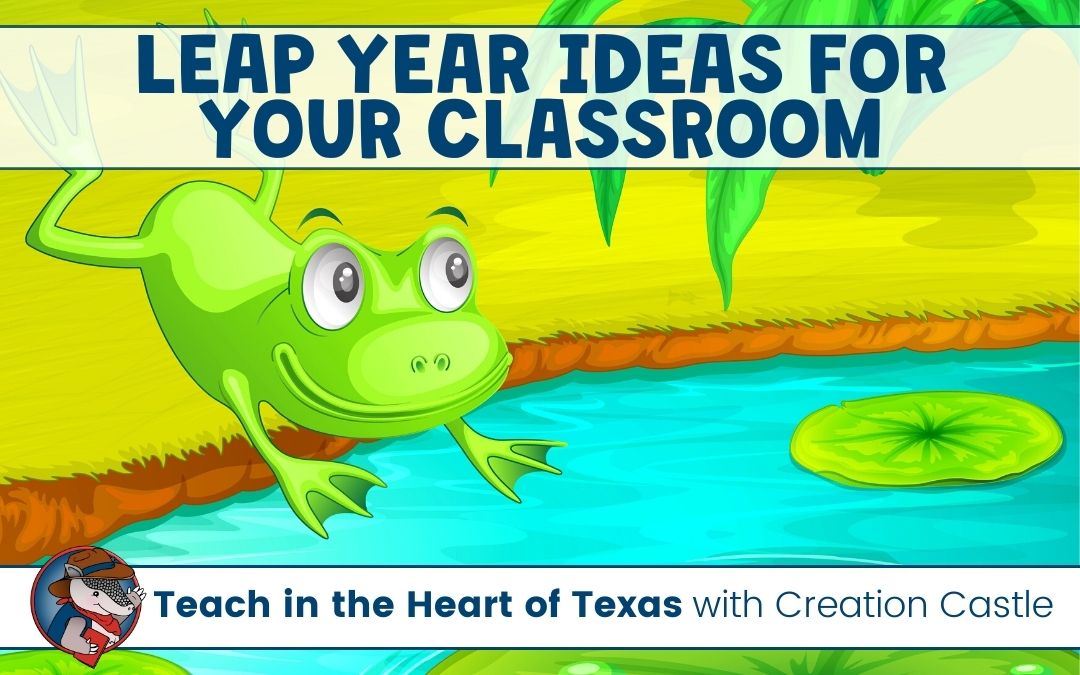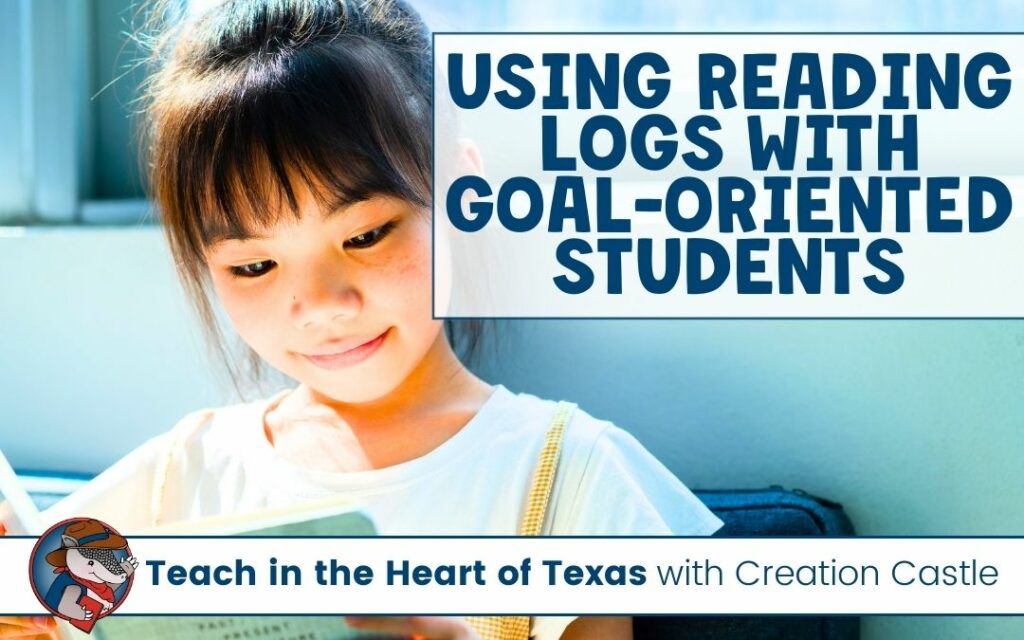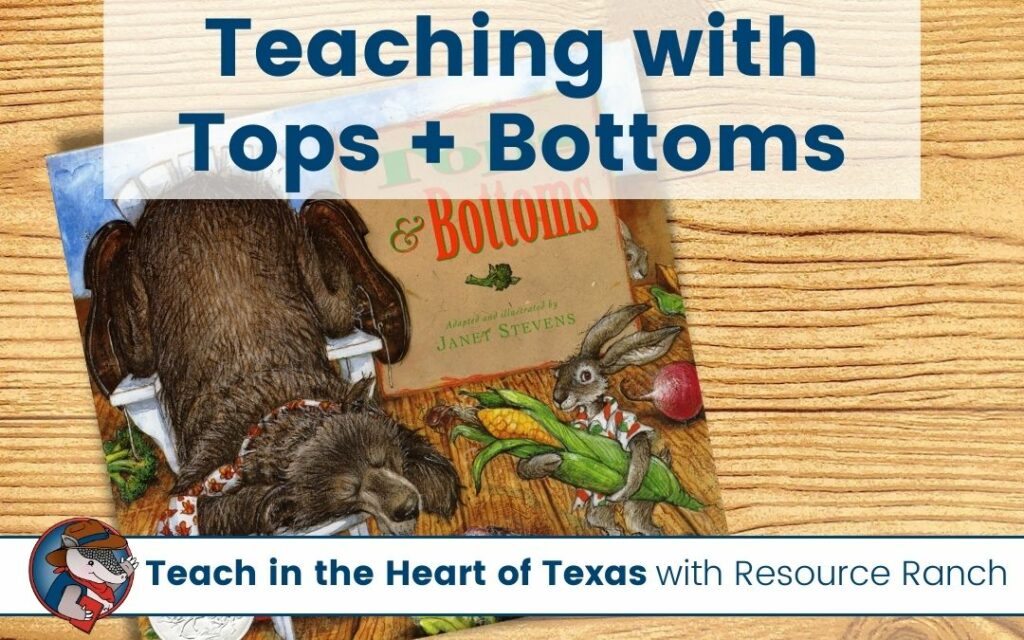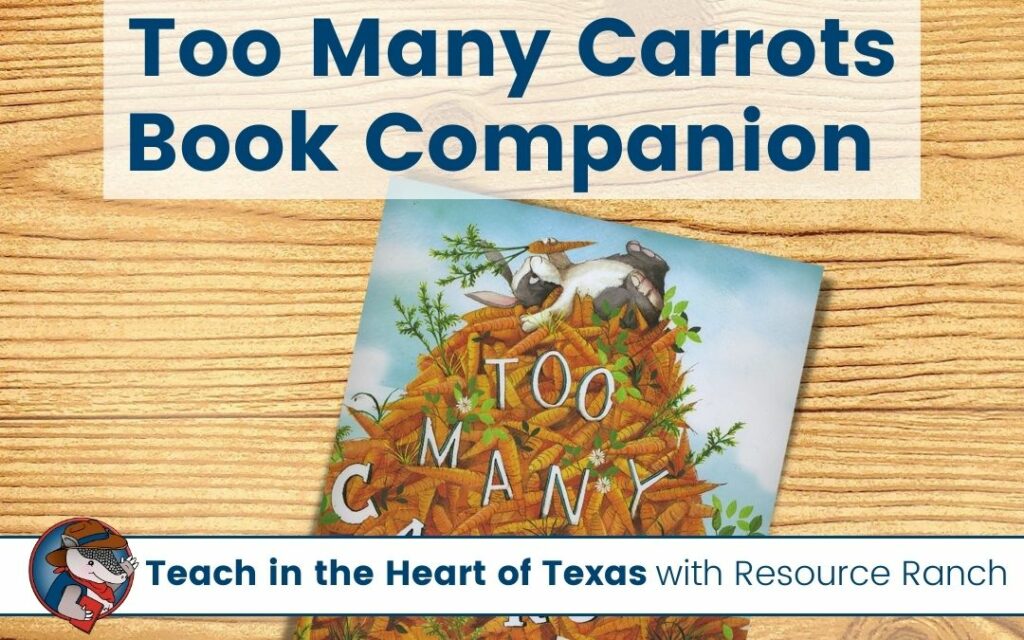It’s that special time, occurring once every four years, that adds an extra day to our calendars – Leap Year! In this blog post, let’s explore how you can introduce the concept of Leap Year in a creative and educational way. We’ll dive into the basics of Leap Year, understanding why it happens and uncovering intriguing facts about this bonus day in February. We’ll also look at some hands-on activities, books, and crafts that make learning about Leap Year lots of fun without straying too far away from your curriculum.
Leap Year isn’t just a quirk of the calendar; it’s a holiday full of teaching moments! So, let’s embrace the opportunity to infuse some creativity into your lesson plans. Ready to make Leap Year the highlight of this February? Let’s leap into learning together!
Leap Year Basics
Leap Year occurs once every four years, and it’s that rare moment when our calendars graciously grant us an extra day—February 29th. But why does this happen? Let’s unravel the mystery behind Leap Year and discover the fascinating reasons that lead to this extra day in our yearly journey around the sun.
To put it simply, Leap Year is a way to correct our calendar. Our standard calendar has 365 days, but it takes the Earth approximately 365.24 days to complete its orbit around the sun. To keep our calendars and seasons in sync, we add an extra day every four years.
Many people view February 29th as a bonus day and do something special to make the most of those “extra” twenty-four hours.
Now that we’ve got the basics down, let’s leap into the exciting part—engaging activities that bring Leap Year to life in your classroom!
Hands-on Leap Year Activities
A fun way to incorporate Leap Year into your classroom is to focus on the LEAP!
- Leap Frog Math – Incorporate math into the leaping fun by creating lily pads with numbers written on them. Scatter them around the room and have students leap from pad to pad. You can adjust this activity to match your students’ abilities. Students could count by 1’s, skip count, add, or subtract as they go! It’s a dynamic way to reinforce math skills while embracing the theme of Leap Year.
- Leap and Spell – Create a Leap Year spelling game where each letter of a word is written on separate lily pads or pieces of paper. Students must leap from one letter to another in the correct order to spell out a word. You could use any set of words for this activity – phonics patterns, sight words, or even Leap Year-themed words! This activity combines literacy skills with physical movement.
- Leap Year Review Race – For a fun review game, find a space in your classroom, hallway, or outside where you can place markers (paper, cones, cups, or whatever you have on hand). As students leap from one marker, you can ask them questions. If the student answers correctly, they can leap to the next space. If you’re feeling extra creative, you could put out “lily pads” as markers so students can leap like frogs from one spot to the next!
Leap Year Storytime
Reading books is my favorite way to integrate holidays in the classroom. There aren’t a lot of Leap Year stories out there… so if you’ve ever dreamt of being a children’s author, I’ve found a gap in the market for you!
Here are a few Leap Year books you could check out:
Leap’s Day by Stephanie Bee Simmons is a story about the calendar, friendship, and the things that make us special.
Leopold’s Long Awaited Leap Year Birthday by Dawn Desjardins is about Leopold waiting for his first birthday.
Additionally, you could pull in some related themes like time or leaping animals with stories like these:
A Second is a Hiccup by Hazel Hutchins explains different units of time in fun ways, like a week is seven sleeps or a year is the time it takes to grow into new shoes.
Froggy’s Day with Dad by Jonathan London is actually a Father’s Day book from the Froggy series, but you could use it to discuss the importance of spending time with loved ones and how Leap Year provides us with an additional day for special moments.
Crafting Leap Year Fun
Another fun way to infuse holidays like Leap Year is by incorporating crafts into your classroom. These activities not only add a hands-on element to learning but also provide an opportunity for students to express their imagination. Here are some craft ideas related to Leap Year:
- Frog Puppets: Since you may be reading some stories about frogs during the week of Leap Day, you could have students make frog paper bag puppets. After students make their frog puppet, they could use it to retell a story or create their own.
- Create a Calendar: Leap Year is the perfect opportunity to discuss and work on calendar skills. You could take this time to let students create a calendar. As a bonus, if you start working on calendars now, your students could gift them on Mother’s Day or Father’s Day!
- Leap Year Crown: A more simplistic craft for your students if you are short on time or art supplies would be a Leap Year crown. For this, your students wouldn’t need to do much more than color and cut, but it would serve as a great conversation starter when they get home!
Connecting Leap Year to Your Curriculum
Now that we’ve explored the basics, engaged in leaping activities, enjoyed Leap Year stories, and embraced creative crafts, let’s seamlessly integrate Leap Year into your curriculum. Here are some tips and ideas for connecting Leap Year across various subjects:
Leap Year Math
Discuss with students why Leap Year happens every four years, counting the years on their fingers. You can use visual aids like stickers on a calendar to help them understand the concept of a four-year cycle.
This is also a great time to discuss skip counting. While skip counting by 4’s will likely be difficult for your students, you could still work on counting by 2’s.
Additionally, as we talked about before, you can also pull in some calendar skills to your lessons.
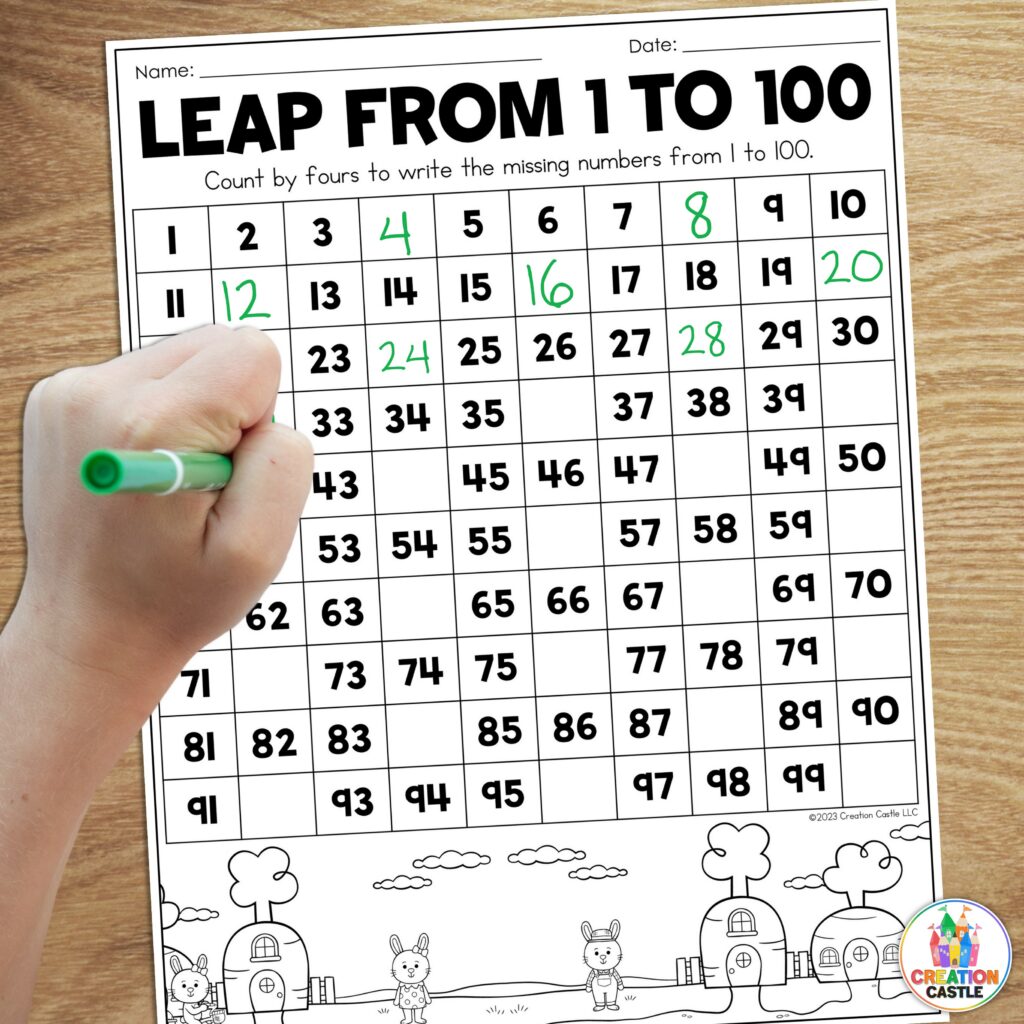
Leap Year Science

Dive into basic science concepts by exploring the life cycle of a frog. Discuss how frogs leap and connect it to the leaping activities they’ve done. Create a simple chart or drawing illustrating the stages of a frog’s life.
Consider picking up a simple non-fiction book about frogs or find a reading passage that your students can read with you.
You could also talk about other animals that leap – kangaroos, deer, rabbits, and more!
Leap Year Writing
As mentioned earlier, you can read a story related to Leap Year. But you could also encourage your students to write about Leap Year. Ask the students to draw pictures or write about what makes Leap Year special to them. This not only builds literacy skills but also allows for creative expression. Students could also write about what they hope to do with their extra day next Leap Year.
You can easily pair any writing with a fun craft. For example, students can make a frog craft and pair that with a leap year writing, a short story about a frog, facts about frogs, etc.
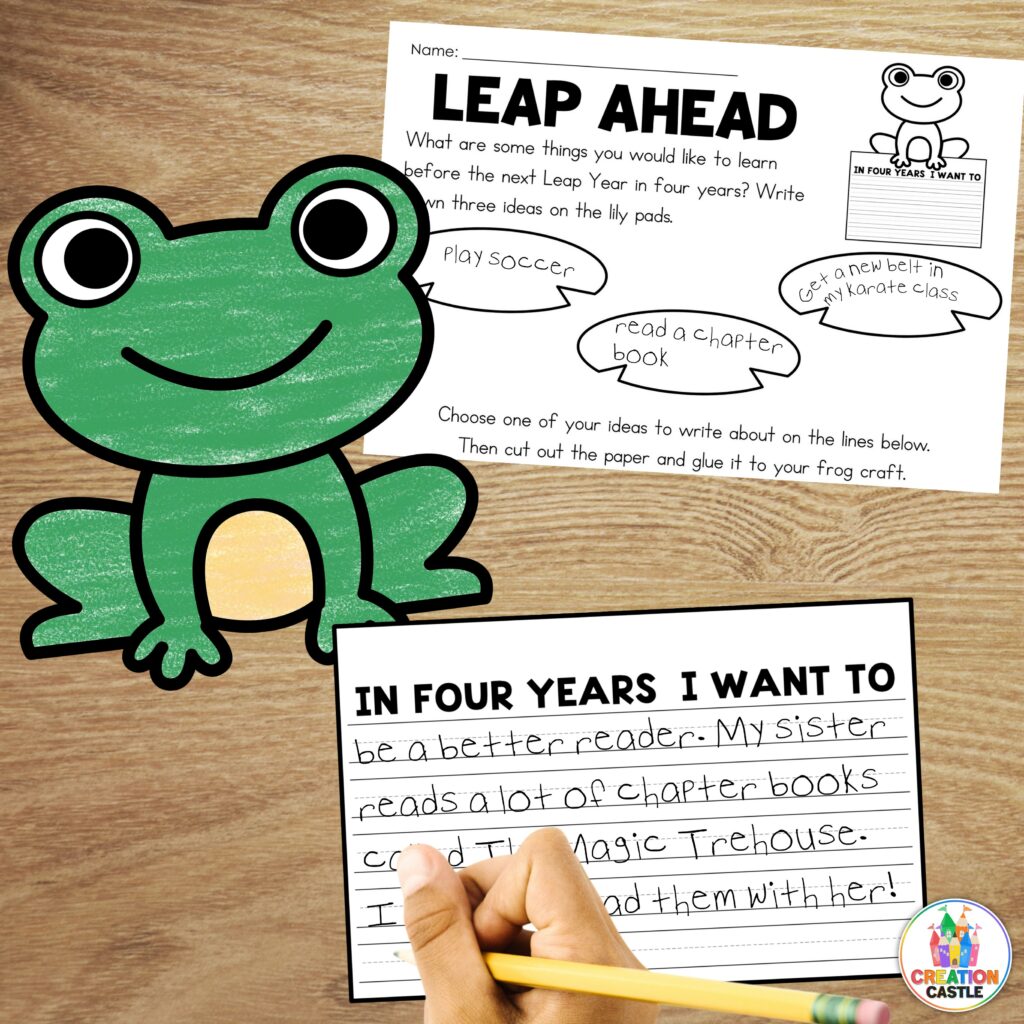
And there you have it! A leap-tastic journey through integrating Leap Year into your classroom. As you take these activities and ideas into your daily lessons, remember that simplicity often sparks the most joy.
Leap Year has given us the chance to add a little extra excitement to our routine, from counting on fingers to exploring the leap of frogs. As you continue to make learning a playful adventure, know that the magic of Leap Year isn’t just about the extra day on the calendar but the extra smiles and engagement in your classroom.
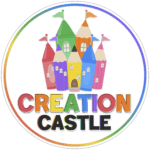
Creation Castle
Heather is the author of Creation Castle. She has experience with general education, special education, and ESL students in kindergarten through fifth grade. She specializes in early elementary math and literacy, as well as organization.

